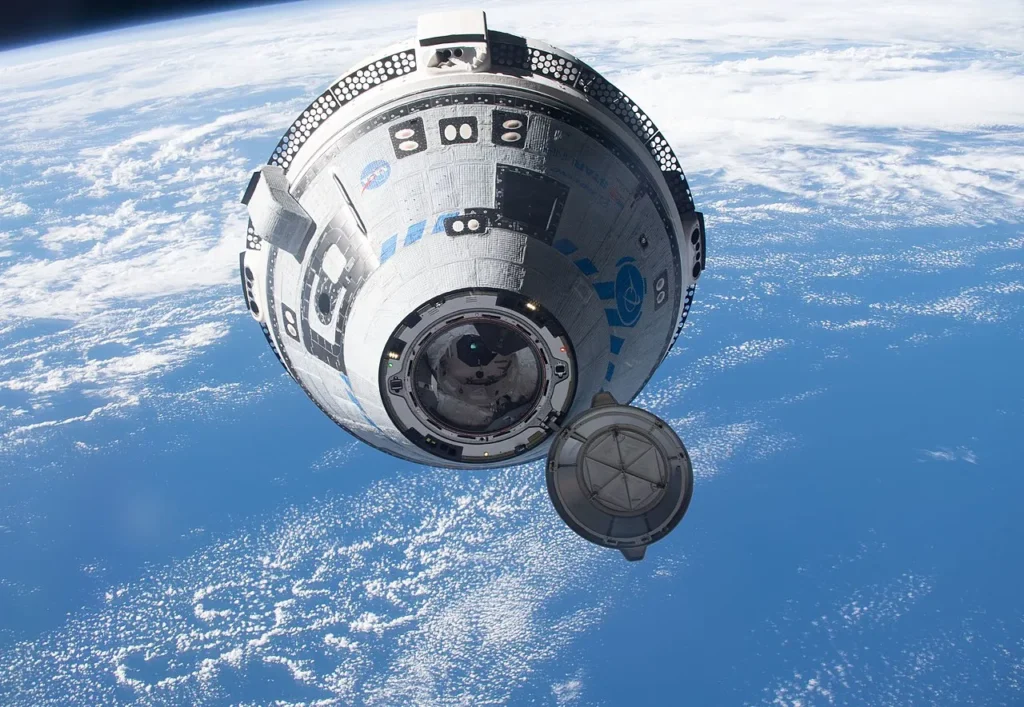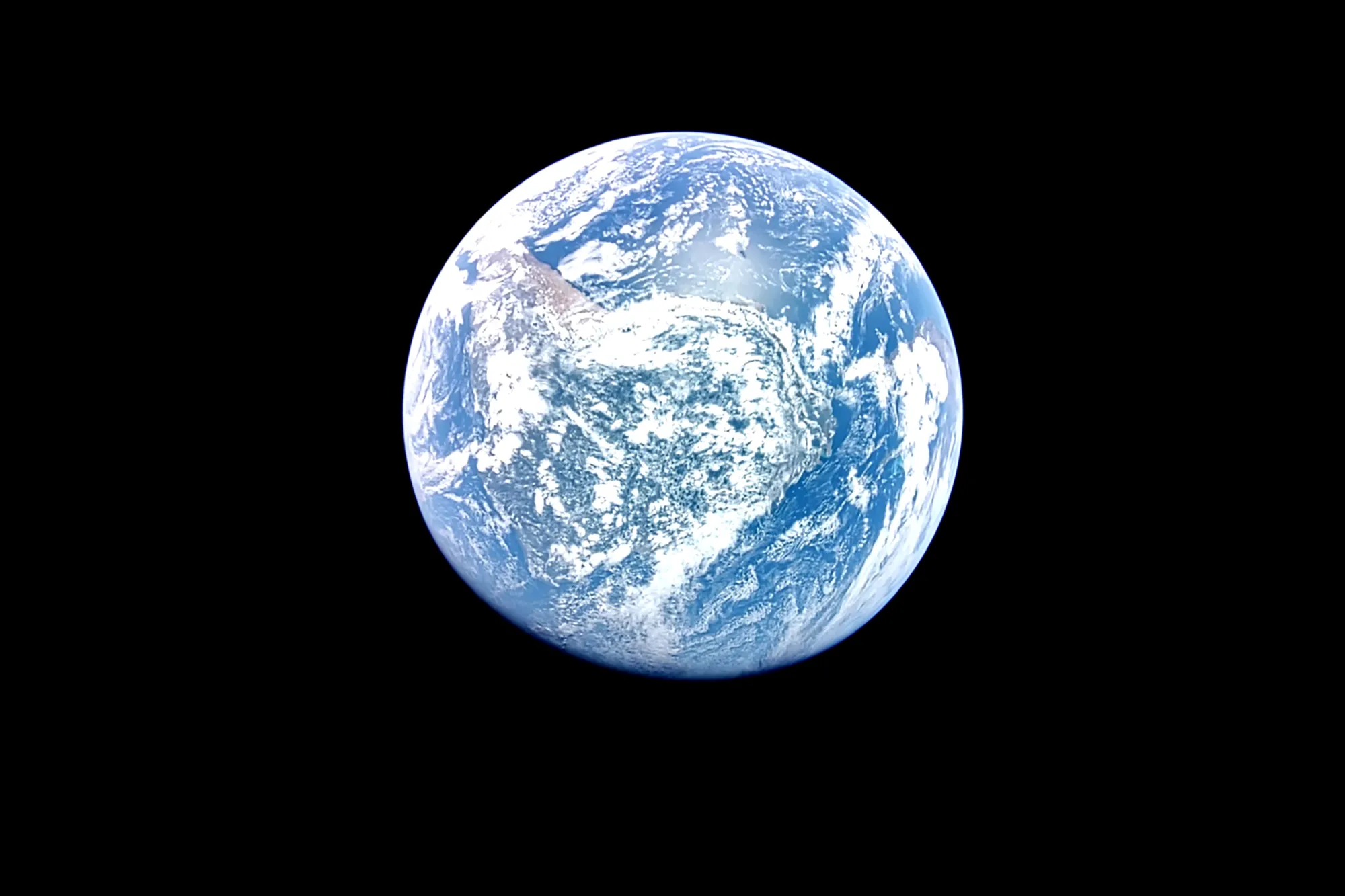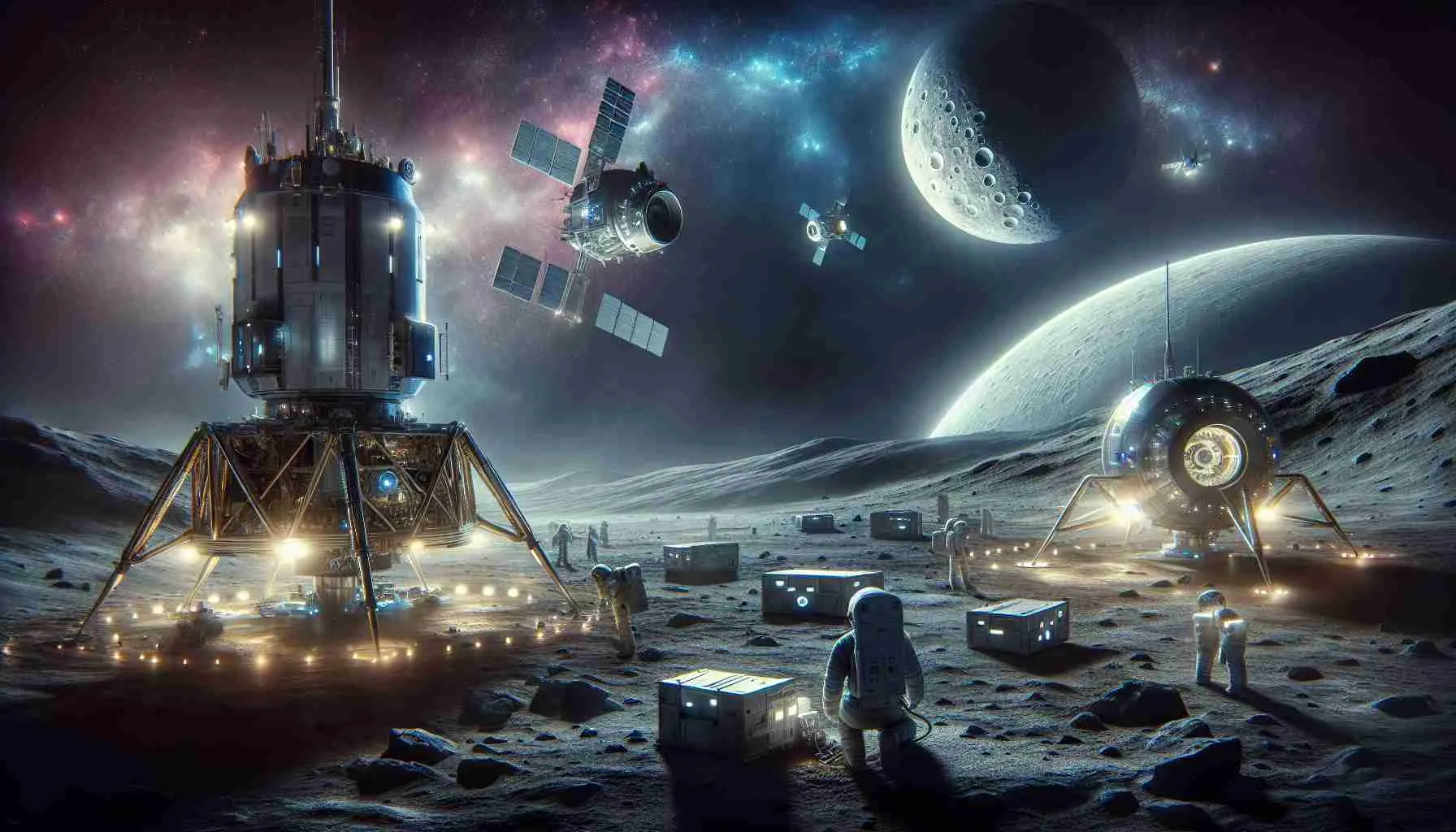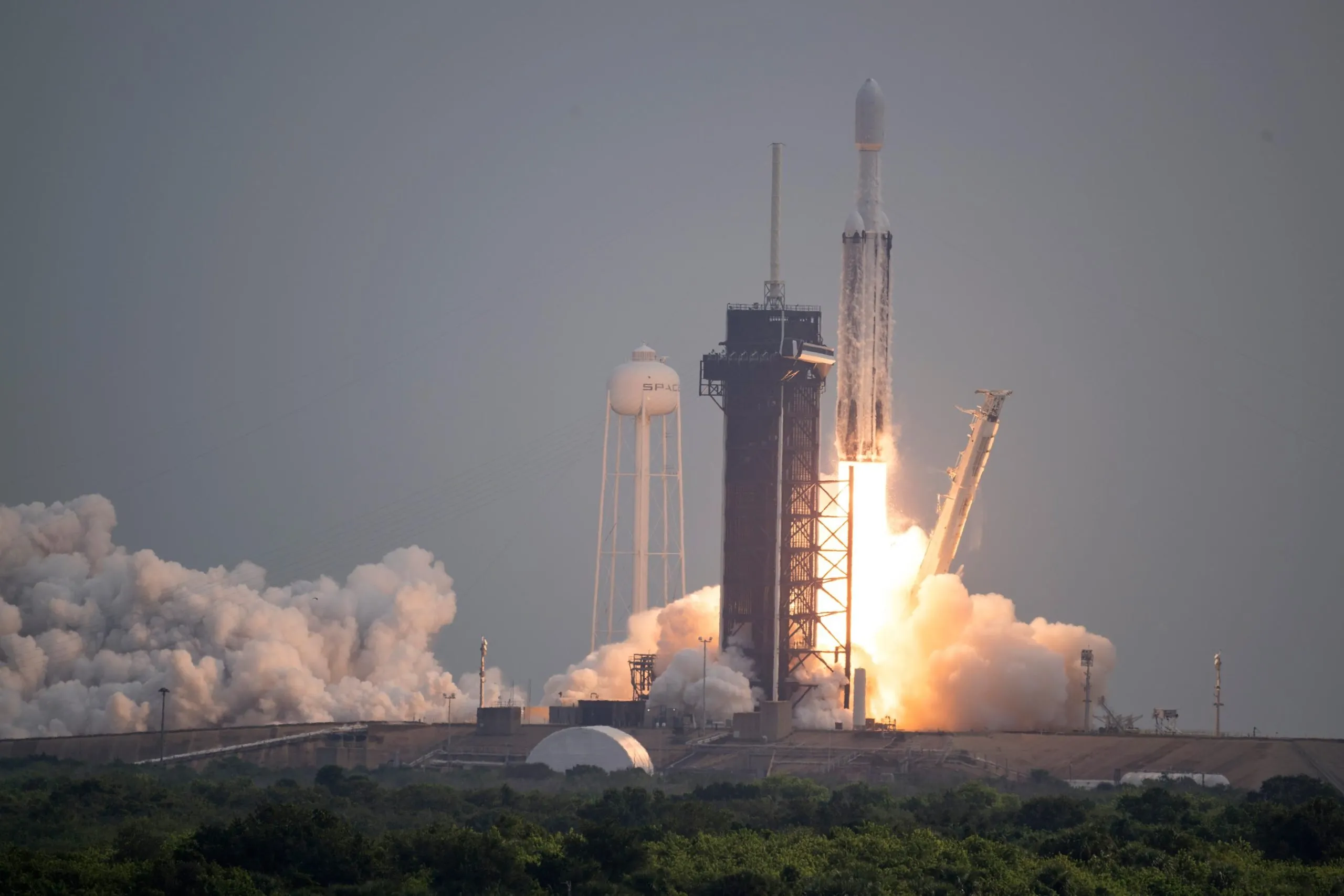
In a moment that blends the marvels of modern technology with the timeless allure of outer space, an uncrewed spacecraft from Firefly Aerospace has captured a stunning image of Earth. Dubbed the Blue Ghost lander, this private spacecraft—hired by NASA for pivotal lunar missions—has recently completed an awe-inspiring snapshot of our planet, termed affectionately as the “blue marble” from its orbit.

The Journey to the Moon Begins
Currently engaged in preliminary orbits around Earth, Blue Ghost is in the preparatory stages of its first lunar touchdown. The spacecraft snapped the remarkable Earth image during its second engine burn—a critical phase in the series of maneuvers required to propel it toward the moon, located some 239,000 miles away. “The moment that we completed the maneuver was really special for everybody,” said Ryan Cole, the engine manager at Firefly Aerospace, in a recent mission update. Cole’s emotional recount highlights the gravity of the situation as he admitted, “I don’t think anybody quite believed what they were looking at for the first few seconds.”

NASA’s Commercial Lunar Payload Services Takes Off
The significance of Blue Ghost’s mission extends beyond just technological achievements; it marks a pivotal leap in NASA’s Commercial Lunar Payload Services (CLPS). With a budget of $2.6 billion, NASA has entrusted several private-sector vendors to transport instruments to the moon and transmit essential data back to Earth. The Blue Ghost, which embarked on its journey aboard a SpaceX Falcon 9 rocket alongside Japan’s ispace Resilience lander, represents a significant milestone in these collaborative space ventures.
The Technical Trek to the Moon’s Surface
Navigating to and landing on the moon is an engineering challenge like no other. The moon’s thin exosphere offers little resistance to slow a spacecraft, and the absence of GPS technology on the lunar surface adds a layer of complexity to the landing process. Despite these obstacles, Blue Ghost is scheduled to complete its moon-bound trajectory and enter lunar orbit, where it will remain for 16 days before making its descent to the lunar surface, targeting a landing date of March 2.

This mission is just the beginning of what NASA envisions as a regular cadence of moon missions, which will eventually include astronaut-led Artemis expeditions slated for 2027 or later. The data and experiences gained from Blue Ghost and its ten onboard experiments are vital in preparing for these future missions, ensuring that each step we take on the moon is grounded in robust science and engineering.
